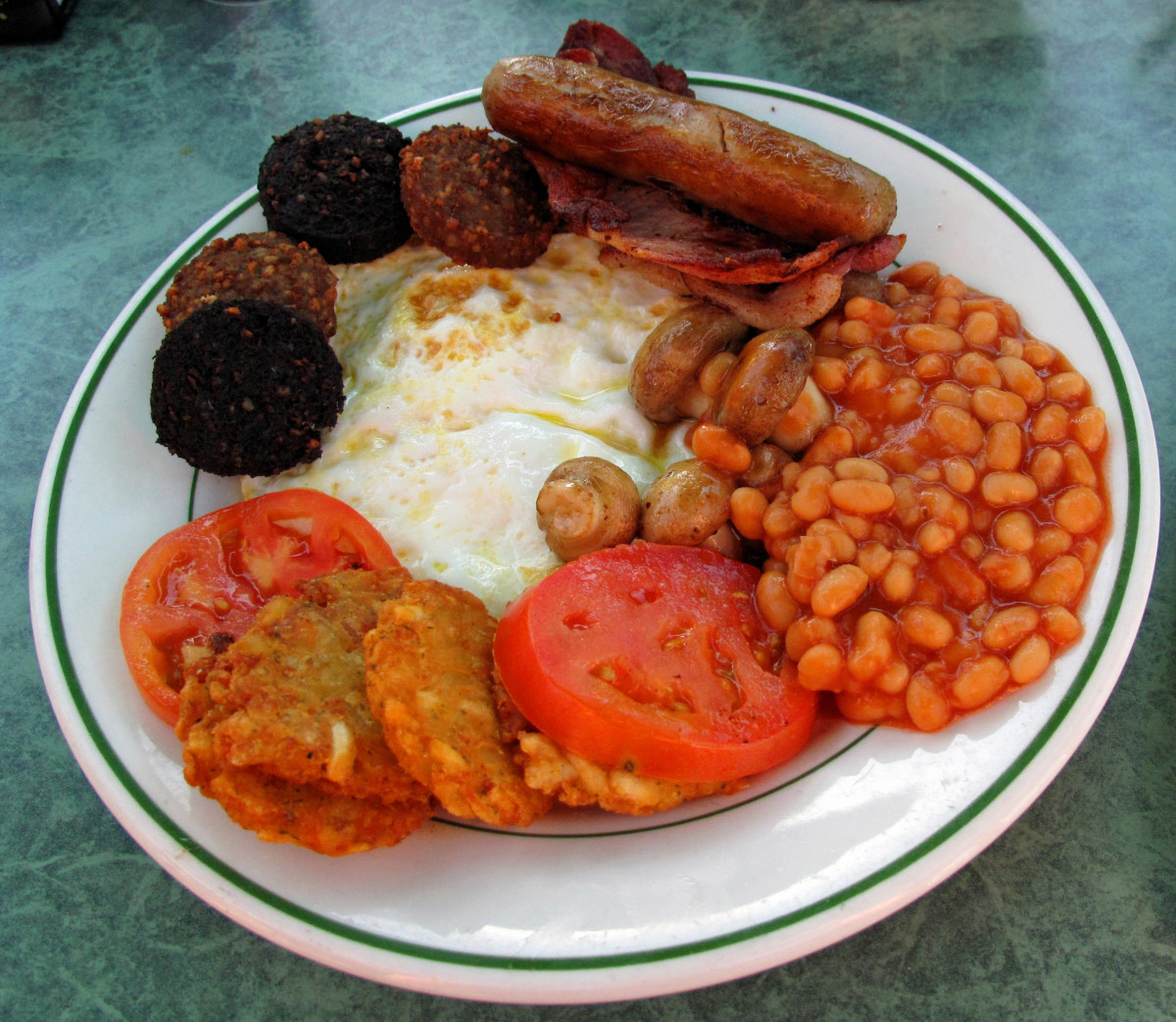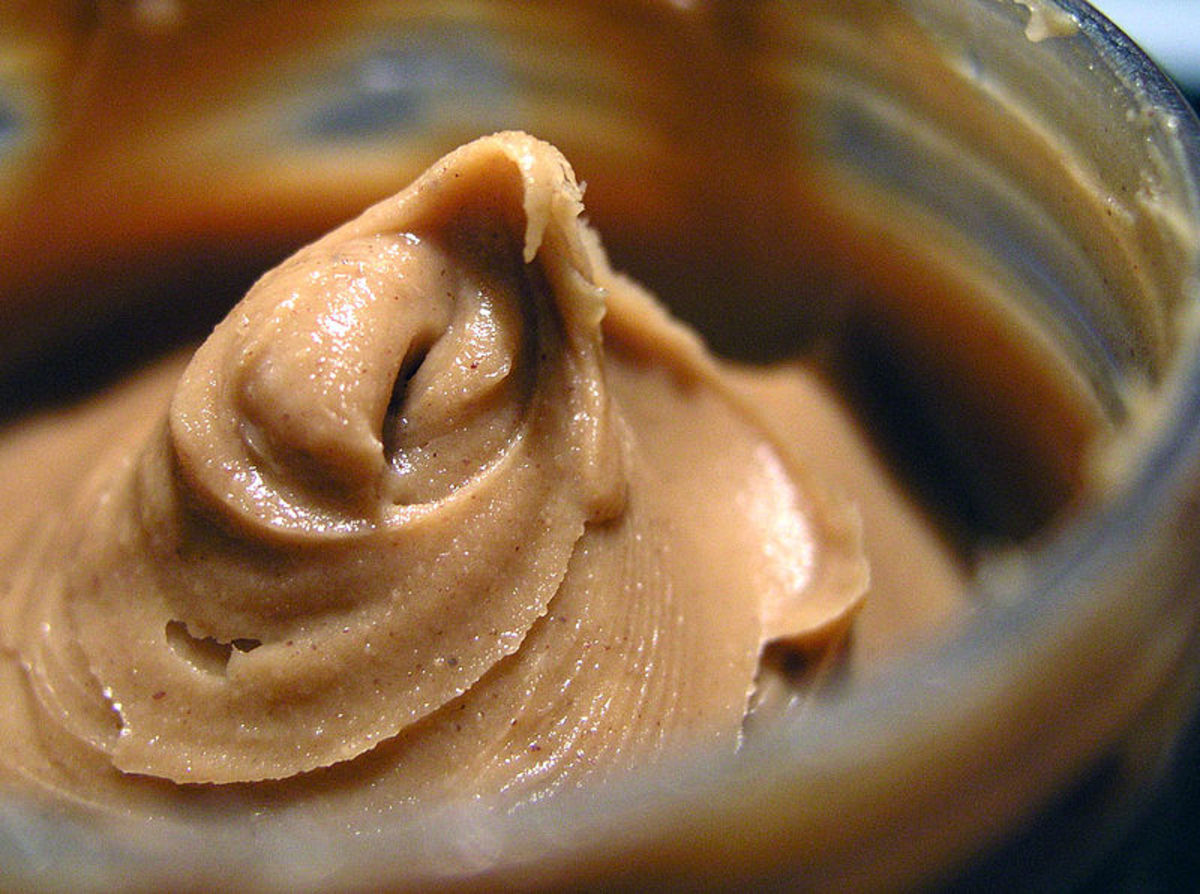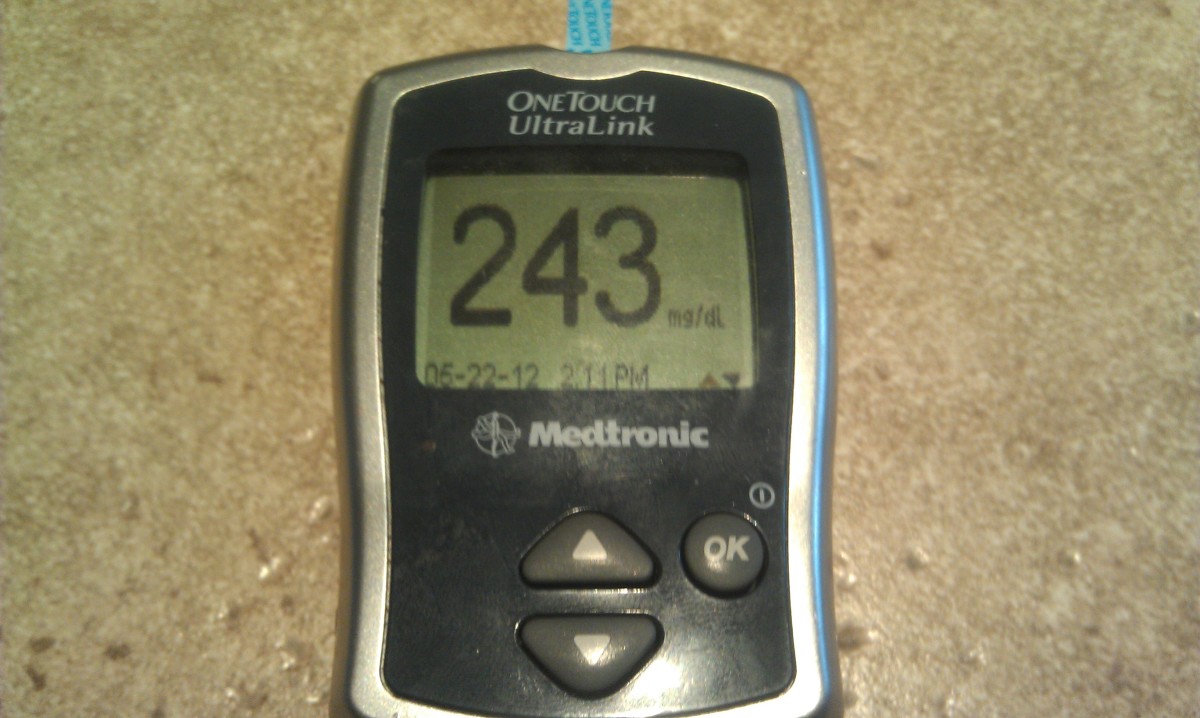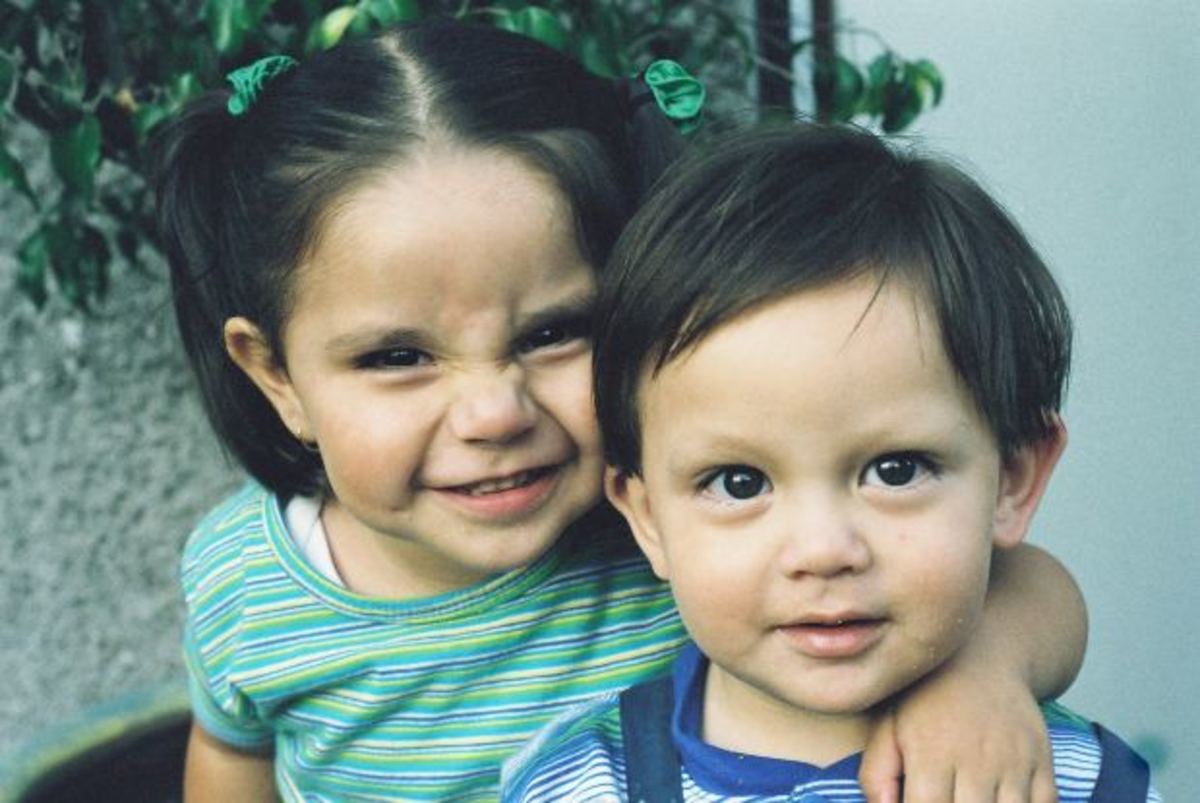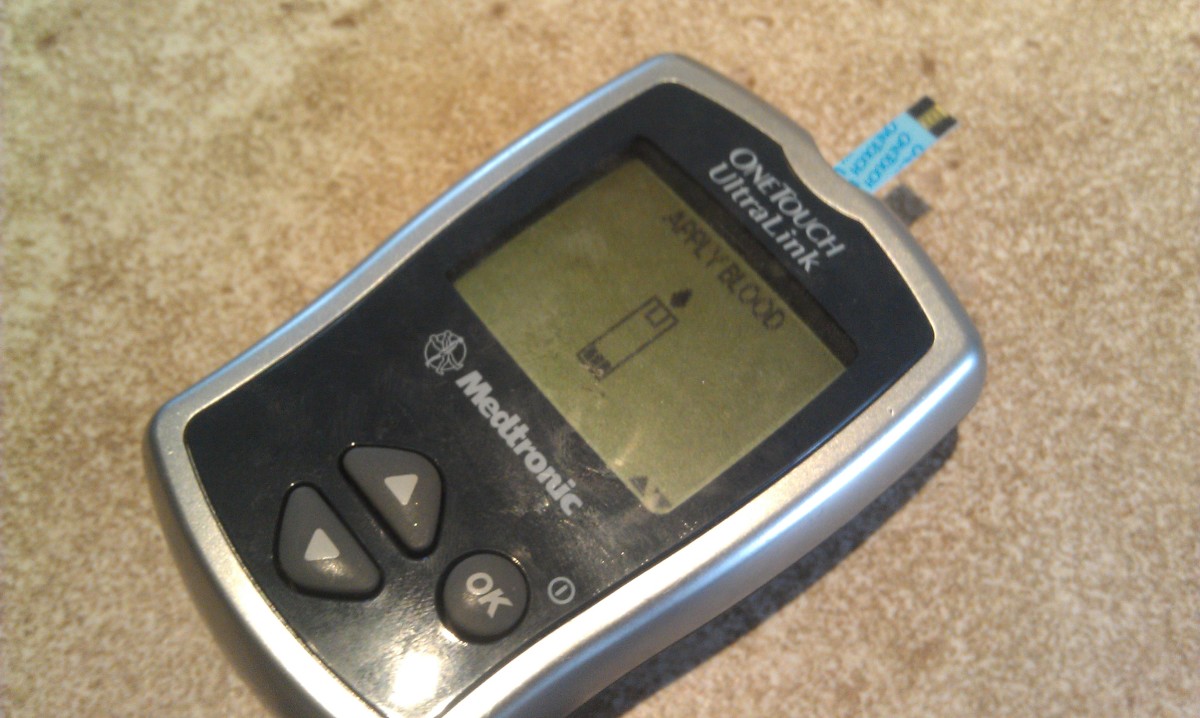The Lucky Ones
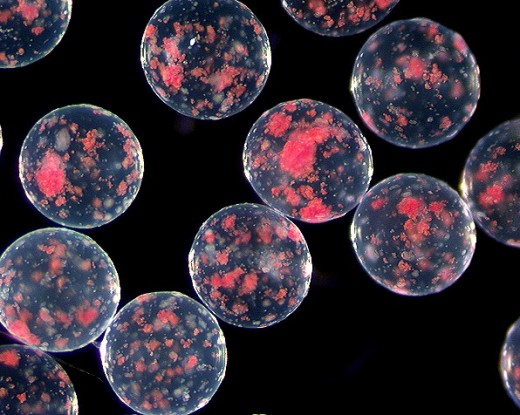
By: Wayne Brown
Sooner or later we all face challenges in life which bring difficulty and sadness into our daily lives. For most people, it is an unavoidable side of life. If you miss it in one area, you find it in another. Most of us eventually find a way to cope and carry on because there really is no other viable choice. Then we see those individuals who seem to be overrun with challenge. They run into it on every corner, at every turn, at every stage of life. That is when we realize that maybe we are the lucky ones.
I always felt like my wife and I were among the lucky ones. There really had not been very many bumps in our life together. Both of us were previously divorced and now we were remarried to each other. My wife’s youngest child, a son from her previous marriage, was still living with us. He had been a pre-schooler when we met. He was now entering junior high school level. This was to be the time that one of our first life challenges emerged and we were wholly unprepared to deal with it.
Both my wife and I have family living across state lines so it is not unusual when we get into the car to have to drive six to eight hours to our destination. This was the case as we set out for the Christmas holidays in Oklahoma with my wife’s family. I am not the most patient traveler because I get fixated on the goal of getting there. With that fixation, I am quickly irritated by delays in that process. The more you stop, the longer it takes; it’s just that simple. Well, welcome to the world of traveling with a woman with a small bladder and a young son who likes to drink fluids. Needless to say, I suffered on this trip and many others.
But this trip was particularly different, especially on the return. Our son was continually asking his mother for a drink of any kind of fluid she had available. My wife, like the camels of Africa always has a supply of water with plenty of ice close at hand. He would then consume the fluid and it would not be long before he was whispering to his mother that he needed to go to the bathroom. This request would take place after we had passed up every viable facility and were in the middle of nowhere. As you can imagine, I quickly became irritated and it showed. I made my wife promise me that she would take our son to the doctor when we got home and check him for a kidney or urinary tract infection. He just needed to go to the bathroom too much yet he was continually asking for more fluids to drink. This was really driving my patience off the cliff.
True to her promise, my wife made an appointment with the doctor on a Friday afternoon shortly after we returned from our Oklahoma visit. The appointment was set for mid-afternoon so naturally I was not concerned when 5 PM came and I had not heard from my wife about the visit. I just assumed that the doctor’s office was moving slow and things were taking a lot of time. True, it was taking a lot of time but not for that reason as I would quickly find out.
After arriving home from the office, I received a call on my cell phone from my wife. She explained to me that she was at the hospital and told me that I needed to head over as well. When I asked what was going on, she just stated that she would tell me when I arrived. I quickly drove to Cook’s Children’s Hospital in Fort Worth as she had instructed and rushed into the emergency room waiting area wondering what we were doing here. I would find out quickly.
After locating my wife, she explained to me that the doctor had done some tests on our son and discovered that his blood sugar level was above 500. That really meant nothing to me so I asked her if that was normal not really aware of what a normal blood sugar level was at the time. As she explained it, the level was more that five times the normal level. She indicated that the doctor had told her that it was imperative that she get our son to the hospital and quickly. The doctor had called ahead and made all the arrangements with the emergency staff. Our son was now undergoing a series of test to check for the reasons behind the elevated blood sugar levels.
Thus began a very long Friday night at the hospital. Once all of the tests were completed, the doctor came out and told us that our son had developed Type I Juvenile Diabetes. My wife and I could not believe it. Neither of us could think of a single incidence of the disease in our families and she was certain there was none in her ex-husband’s family as well. Suddenly we were on a roller coaster run into the children’s ward with our son being admitted to the hospital for observation and procedures to lower the blood sugar level. The doctor had indicated to us that he could not believe that he was still conscious with a reading that high and at his age of eleven years old.
Over the next hours, we witnessed other children with the exact same malady. Some were infants just a few weeks old. Many were under the age of ten and totally confused as to what was going on. We watched as our son lay on the bed and watched it all in a large ward with little privacy. My wife and I were confused and things were happening so fast we were doing good to just keep up. We had no idea what to do next or what was coming next.
There was a young boy of age six in the bed adjacent to our son. He had just come into the ward as well and was very upset. His young parents were doing their best to comfort him but they too were confused and lost just like my wife and I. Soon a nurse came into the ward and approached the young parents. She told them that their young son would be getting his first shot of insulin and she wanted to prepare them for it. She asked which one of them would like to administer the shot? They looked at each other not knowing what to say. They were not prepared for this step at all. Eventually the mother agreed to give the shot and the whole process ensued there in front of us. The young boy cried as he his mother as she followed the nurse’s instructions on giving the injection. We watched knowing that soon it would be our turn.
True to our expectations, the nurse was back in a matter of minutes with the prepared injection and the same question to my wife and me. Our son lay on the bed watching as my wife and I exchanged glances. In her heart she knew that she needed to be the one to do it but in all honesty she goes weak in the knees at the sight of a needle. I was wrestling with the idea of volunteering when I heard our son say, “I’ll do it. I’ll give myself the shot.” Suddenly the entire room was silent as he spoke those words. It was as if he was saving my wife and I from this difficult moment by stepping up to do it himself. It was a mighty big thing for an eleven year old to do.
The nurse was impressed. She agreed to let him do the injection and then talked him through the steps. Once he completed it, you could tell that he was really proud that he had not cried. He was determined that he was not going to cause the scene the young six year old had carried out in the bed next to us. He did extremely well. I am still in awe of that moment. He gave himself the very first injection and he has continued to do that since that moment.
Beyond the scope of the drama that proud moment came the realization that soon we would be released to go home from the hospital. Our son would continue to have the disease and we would be the only ones around to deal with it. Honestly, other than our parents warning us that we would get the ailment if we ate too much sugar, we knew nothing of this condition. We were not prepared to deal with it and scared to death that if we did we would do something extremely wrong.
Over the next hours, the staff gave us instructions and a lot of reading material as well as prescriptions for the first batch of insulin and needles. There were instructions on how to measure the blood sugar levels which called for using a little device that slammed a guillotine type blade into the chosen area in order to access a blood sample. As it turns out, this was the part of the process that most folks came to dread and fear. Then there was the mixing of the insulin types in the proper amounts to offset the carbohydrate intake of the individual. It was complex and it was quickly apparent that a mistake could be life-threatening. No matter how much training we received, when we left that hospital, it all came rushing down on us that we were so alone and this was something that was not going away.
Amazingly, we survived those first few days. We read the materials we had been given and accessed more on the internet. We tried to know as much as we could but honestly in the end there were symptoms at both ends of the spectrum of this condition that mirrored each other so much that fear still gripped our hearts as to what we would do in an emergency. We were petrified.
Our son, at initially, was somewhat enjoying the level of attention that he was receiving. The nurses in the hospital ward were there at every turn getting him little snacks, popsicles, etc. He was beginning to think that he was having a stroke of luck. We, on the other hand knew differently. As I walked the halls of the hospital I saw other kids moving around. These children were rolling around station posts with bags of intravenous fluids hanging from them and connect to the child at various points on their body. Some had no hair on their head. I later found out that these were the kids from the cancer ward which was adjacent to the ward with the diabetes children. Suddenly, I was glad our son only had diabetes.
Overtime our son became aware of the discipline and monotony of this disease which plagued him. He began to fight against it and the treatment. He wanted to pretend that it did not exist and hope that it would go away. He demanded that we not tell anyone. He just wanted to be a normal child like the other kids around him. That was not too much to ask but in reality we could not grant those wishes as it would have been a death sentence for him. Until he was old enough to care for this condition himself, the responsible was in our hands to do things correctly and keep him as healthy as possible. This was a very trying time for all three of us.
Let me stop here and make this point. While we were in the hospital, I had commented to one of the nurses that I could not believe how many children were in the ward with Juvenile Diabetes. She told me that we had been diagnosed in the busy season. She further stated that it would remain this way all the way through the winter and into the early spring when the occurrences just seemed to drop off totally for a few months. Then in the fall, the situation shifted back to what I was witnessing here. It was like clockwork. Later on, the endocrinologist assigned to our son would confirm this season cyclic occurrence which he compared to the way in which the flu normally strikes then disappears. He further stated that there were many in the medical field who felt that Juvenile Diabetes was viral in nature and should be treated as a virus although there was not vaccination currently available for it. To this day, I find this a very interesting aspect of this disease.
Of course, it was imperative that we tell school officials of our son’s condition. Initially, we assumed that with the number of cases we had witnessed that the schools would be quite familiar with Juvenile Diabetes. We could not have been more wrong in our assessment. Starting with the first year all the way through our son’s senior year in high school, he was the only child in his class and possibly the school with the condition. Each year we tried to have one on one meetings with the school administrator, teachers, and the school nurse to make sure they all understood the condition, the symptoms associated with both high and low blood sugar levels, and the importance of getting timely injections which were mixed in proper proportion to the amount of carbohydrate intake. Honestly, we seldom ever left these meeting with good feelings. The knowledge level of the administrators and teachers was very poor and not much better with the school nurse. We lived in fear each school day that past.
Our experience with the school officials was a mirror of the public understanding of diabetes. I think it is fair to say that across the spectrum, this is a disease (if that is truly what it is) that the public understand little truth about and seems to have heard every wrong thing available. To say that a lot of people believe someone develops this condition because they eat too much sugar in their diet is an understatement. To say that a lot of people believe that anyone with this condition can never have anything sweet again in that life is also an understatement. Both of those are common misconceptions by the public.
Our blood sugar level is normally regulated by the incredible ability of the body to sense the sugar levels in the blood and release insulin in the proper levels to maintain a normal blood sugar level in the 80 to 120 range. This function is primarily carried out by the pancreas. There are two types of diabetes currently. Type I, referred to as “Juvenile Diabetes” is commonly diagnosed at an early age thus the reference to “Juvenile” but can be found much later in the adult life cycle if it does not present itself quickly. In this type, the reason the blood becomes saturated with high sugar levels is because the body, specifically the pancreas, is no longer producing the islet cells which produce the natural insulin in the bloodstream to offset the sugar. For this reason, there is a line of thought in the medical profession that Type I diabetes is a development of the autoimmune system attacking itself thus destroying the pancreas’ ability to provide the necessary insulin offset.
There is also Type II diabetes which is more common in older adults and sometimes occurs in the young especially if the individual is fighting a weight problem. This type of diabetes is suspected to develop largely as a function of diet, exercise, and body condition. In this case, the pancreas continues to secret the necessary insulin but the fat surrounding the cell structures in the blood will not allow it to be absorbed resulting in the same high blood sugar levels associated with Type I. So the primary difference is how we get there, but the outcome is the same for both types. One additional difference is that Type II can be treated with a range of possibilities starting with diet changes, weight loss, and exercise. It may also be treated with oral dosage to offset the condition. With Type I, the only real treatment is the injection of the necessary insulin.
Our son survived the years in school and finally came to terms with his diabetes. He is now twenty-three years of age. For many of those years, especially in his latter teen years, he did not take good care of himself. He over ate and under dosed allowing his blood sugar to run high. He attempted to ignore the condition hoping it would go away. His weight gave him the appearance of being undernourished and in poor health. His doctors warned him that he was getting into a level at which he was doing damage to his kidneys. My wife and I pleaded with him but to little or no avail because even healthy teenagers at that age believe they already know it all. We were powerless for the most part.
Our son was lucky in that he could tolerate inordinately high blood sugar levels and still remain conscious and he was quite good a recognizing those points when his blood sugar would plummet. Throughout high school, we never had even a close call with his condition. At age twenty-one, he finally hit the wall. He went to a party with friends. He ignored his condition and consumed alcohol freely. Alcohol turns to sugar in the body and acts essentially as a poison to anyone with Juvenile Diabetes. When our son awoke in his apartment the next day, he felt like he was suffering low blood sugar so he took steps to elevate it (i.e. drinking fruit juices, etc) only to continue feeling the same. He repeated the elevation step. Finally, he called his mother and request that she takes him to the emergency room as a precaution.
On arrival at the emergency room, our son’s blood sugar level was at 700. He was just short of falling into a diabetic coma. The doctors realized that he had misdiagnosed his feelings and his treatment of the perceived low blood sugar had only complicated an already seriously high blood sugar level. In effect, he had almost killed himself. After ten years of dealing with this condition, we were for the first time witnessing what happens when you do the wrong thing.
That was an epiphany for our son. From that moment on, he took his condition seriously. He wholesale changed his diet moving to protein and green vegetables. He changed his lifestyle leaving off the alcohol and going to the gym almost every day for workouts. His body weight shifted upward by more than 70 lbs reaching a more normal weight balance. His A1C tests which measure saturation levels in the blood stream began to come out at almost normal readings. Suddenly he was very proud that he was in control and managing this condition, and might I add, doing it quite well all on his own. We were and still are quite proud of this new found maturity.
For my wife and me, we still have guilt. We look back at old photos before our son was diagnosed and see how ill he appeared. We see the dark circles under his eyes, his skin color, and his frail body weight. All those things seem so evident now yet we were totally blind to the symptoms until we were almost faced with a disaster. We were among the lucky ones in that we were able to navigate through it and find a level on which we could function. Many do not, for that we are lucky.
Our son now uses an insulin pump and works every day at managing his diabetes rather than letting it control his life. His attitude, his disposition, and his self-esteem are very normal and his mother and I could not be happier. At the same time, his one wish would be that someday there will be a cure for this condition that could so easily shorten his life and take away the quality of it with the potential damage which it can bring to bear upon the vital organs of the body.
When you see someone working for the cure for diabetes, stop and think for a moment how many people in America live with this condition every day. Please stop and think just how wonderful it would be if we could find some way to place this very deadly disease in the same category with polio and erase it from our population forever. Stop and think about what you can do to help. You just might be a part of the cure. You just might be one of the lucky ones too.
© Copyright WBrown2010. All Rights Reserved.



